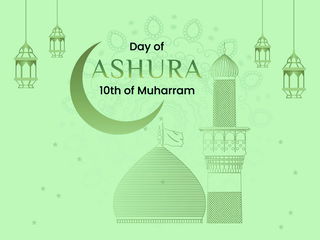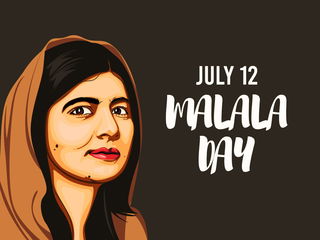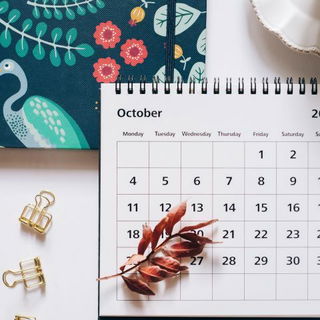- Calendar
- Calendar 2025
- October
- Vijaya Dashami
Vijaya Dashami
Vijayadashami, also known as Dussehra, Dasara, or Dashain, is an important Hindu festival that is celebrated across India signifying the triumph of good over evil.
It is observed on the tenth day of Ashwin, the seventh month in the Hindu lunisolar calendar which typically falls in September or October in the Gregorian calendar.
Vijayadashami not only celebrates the triumph of good over evil but also marks the culmination of Navaratri and Durga Puja, two significant festivals in the Hindu tradition.
Observed on the tenth day, Vijayadashami represents the end of the nine-day Navaratri festival, which is dedicated to the worship of the Goddess Durga in her various forms.
It also concludes the grand festivities of Durga Puja, especially in regions like West Bengal.
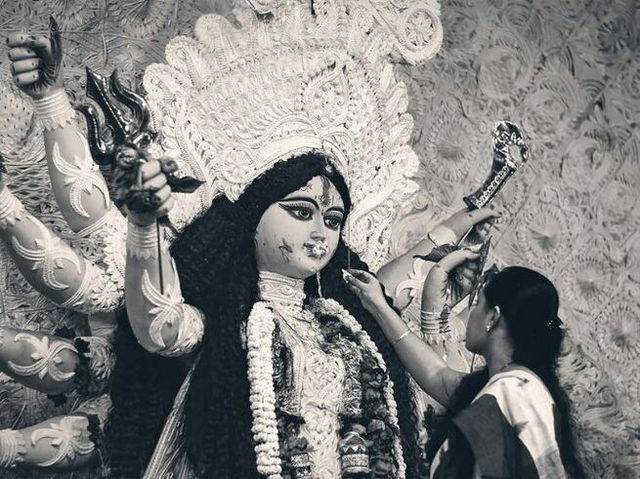
The Cultural Significance of Vijayadashami
The name “Vijayadashami” is derived from the Sanskrit words “Vijaya” which means victory and “Dashami” which means tenth day. This day symbolizes the victorious conclusion of the spiritual journey and the restoration of balance and righteousness in the world.
Origins in Mythology
Vijayadashami is deeply etched in the epic Ramayana as it marks the day when Lord Rama, an incarnation of Vishnu, defeated Ravana, the demon king, who kidnapped Sita, his wife.
Despite Ravana's powerful boon that protected him from gods, demons, and spirits, Rama's human form allowed him to slay Ravana, restoring dharma on Earth.
The festival also has connections to the Mahabharata, where it commemorates the day Pandava warrior Arjuna retrieved his celestial weapons from a Shami tree and defeated the Kaurava army during their exile.
This day is thus celebrated as a victory of righteousness in both epics.
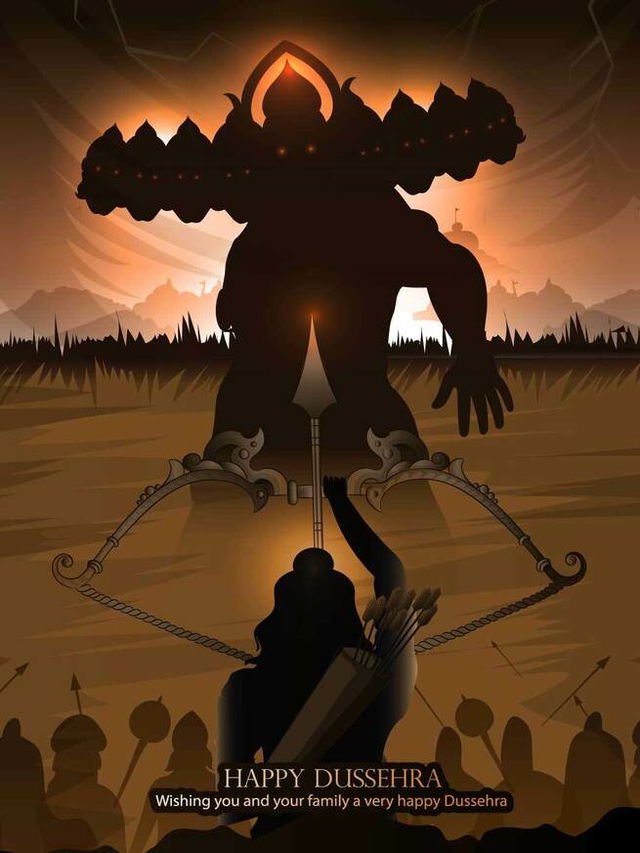
Regional Variations of Celebration
Vijaya Dashami In West Bengal
Vijayadashami is known as Bijoya Dashomi in West Bengal, and it is of great significance in the state. The day is filled with deep emotion especially for the Bengali community, and it is celebrated after Navami as the final day of Durga Puja which marks the end of the grand festival.
On this day, Goddess Durga returns to Mount Kailash with her children. It’s an emotional time as devotees bid farewell to the goddess and seek her blessings.
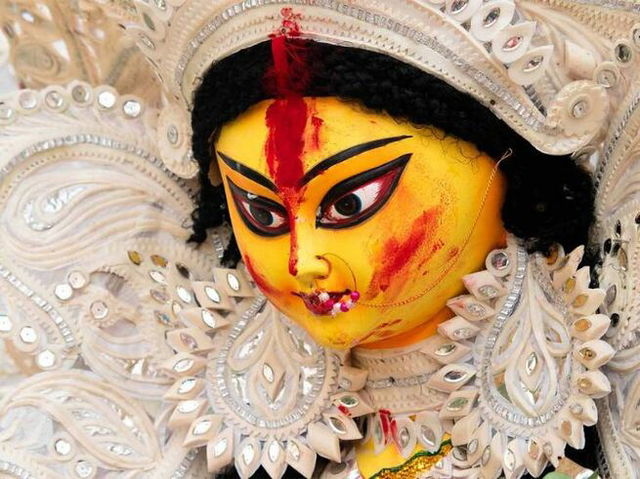
Sindoor Khela And Maa Durga Boron
One of the most important rituals of Vijayadashami is Maa Durga boron which is a deeply emotional part of the celebrations that mark the end of Durga Puja.
“Devi Boron” is done to begin the rituals which is performed by married women known as “Sumangalis.” They offer sweets, betel leaves, and paan to the goddess, symbolically wiping away her tears by touching a betel leaf to her face as she prepares to depart.
This is followed by “Sindoor Khela,” where the women apply sindoor (vermilion) to the goddess and then to each other, symbolizing the power of womanhood and believed to bring good fortune and long life for their husbands.
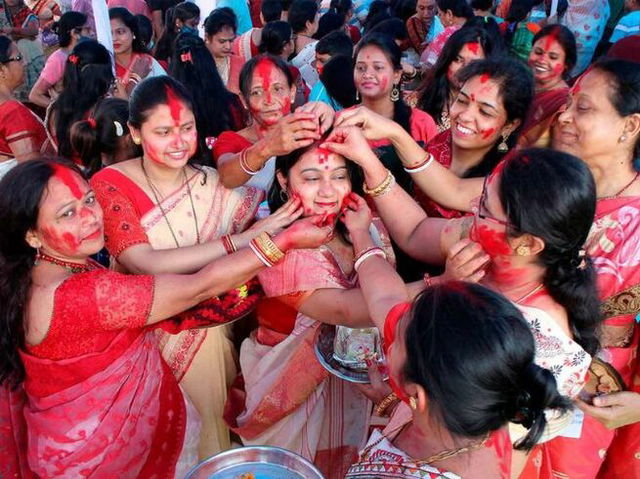
A final aarti is done, and prayers are offered to seek the goddess’s blessings for health, prosperity, and happiness.
Also known as “Bidayebela,” the ritual of Maa Durga Boron concludes with the immersion of the goddess's idols with her four children in rivers or water bodies.
Devotees carry the idols in grand processions, chanting “Bolo Durga Mai Ki Jai” and “Asche Bochor Abar Hobe” (Come again next year), as they bid farewell to the goddess during the Visarjan.
After the immersion, people greet each other with “Shubho Bijoya,” embracing and seeking blessings from elders, symbolizing new beginnings and the end of past grievances.
This day is marked by the sharing of sweets and joyous gatherings of family and friends, reinforcing the bonds of community and tradition.
The entire ritual is a beautiful blend of devotion, tradition, and togetherness, making Vijayadashami a deeply poignant and memorable occasion for all involved.
Even those who do not practice the religion often join in the farewell, singing songs to bid goodbye to the Goddess.
In some places, like those near Varanasi, the celebration continues to the eleventh day, known as Ekadashi, where people visit Durga temples for worship and blessings. This extended celebration highlights the deep spiritual connection and importance of Vijayadashami in Bengali culture.
Northern India
In Northern India, Vijayadashami means burning Ravana figurines. The festivities end after nine days of Ram-leela performances, where the life story of Rama is told in a theatrical way.
On Vijayadashami evening, effigies of Ravana, his brother Kumbhakarna, and son Meghanada are set ablaze, symbolizing the destruction of evil.
Himachal Pradesh
Kullu Dussehra in Himachal Pradesh is notable for its grand fair and parade, drawing half a million spectators. The festival showcases deities from various regions, converging in a massive procession to celebrate Lord Raghunath's victory over evil.
Southern India
In Southern India, the festival is celebrated with great pomp, especially in Mysore, Karnataka. Known as Dasara, the ten-day event includes worshiping the goddess Durga in her various forms, elaborate displays of art dolls, and grand processions.
The Mysore Dasara is particularly famous for its historical significance, dating back to the Vijayanagar Empire.
The festival was a royal event that featured athletic competitions, fireworks, and military parades.
Western India
In Maharashtra and Gujarat, Vijayadashami is dedicated to the goddess Saraswati, the deity of knowledge and arts. People worship their tools and instruments, symbolizing respect for the skills that sustain them. In Maharashtra, children begin their education on this auspicious day, while in Gujarat, the festival is marked by garba and dandiya dances.
Kerala
In Kerala, Vijayadashami coincides with Vidyarambham, a day when young children are initiated into learning. Temples such as Cherpu Thiruvullakkavu in Thrissur become centers of activity as gurus guide children in writing their first letters, signifying the start of their educational journey.
Some Interesting Facts About Vijayadashami
- In Mandsaur, Madhya Pradesh, Ravana is worshiped because his wife Mandodari is believed to have been from the area.
- Vijayadashami celebrates both Lord Rama’s victory over Ravana and Goddess Durga’s triumph over Mahishasura.
- In Northern India, barley seeds are traditionally sown in earthen pots on the first day of Navratri as symbols of luck.
- In Tamil Nadu, Dussehra is celebrated as Golu, with elaborate displays of dolls and figurines depicting mythology and daily life.
- Mysore, named after the demon king Mahishasura, is famous for its grand Dussehra celebrations, including processions and cultural events.
- The first grand Dussehra celebration in Mysore Palace dates back to the 17th century under King Wodeyar.
Recommended Articles
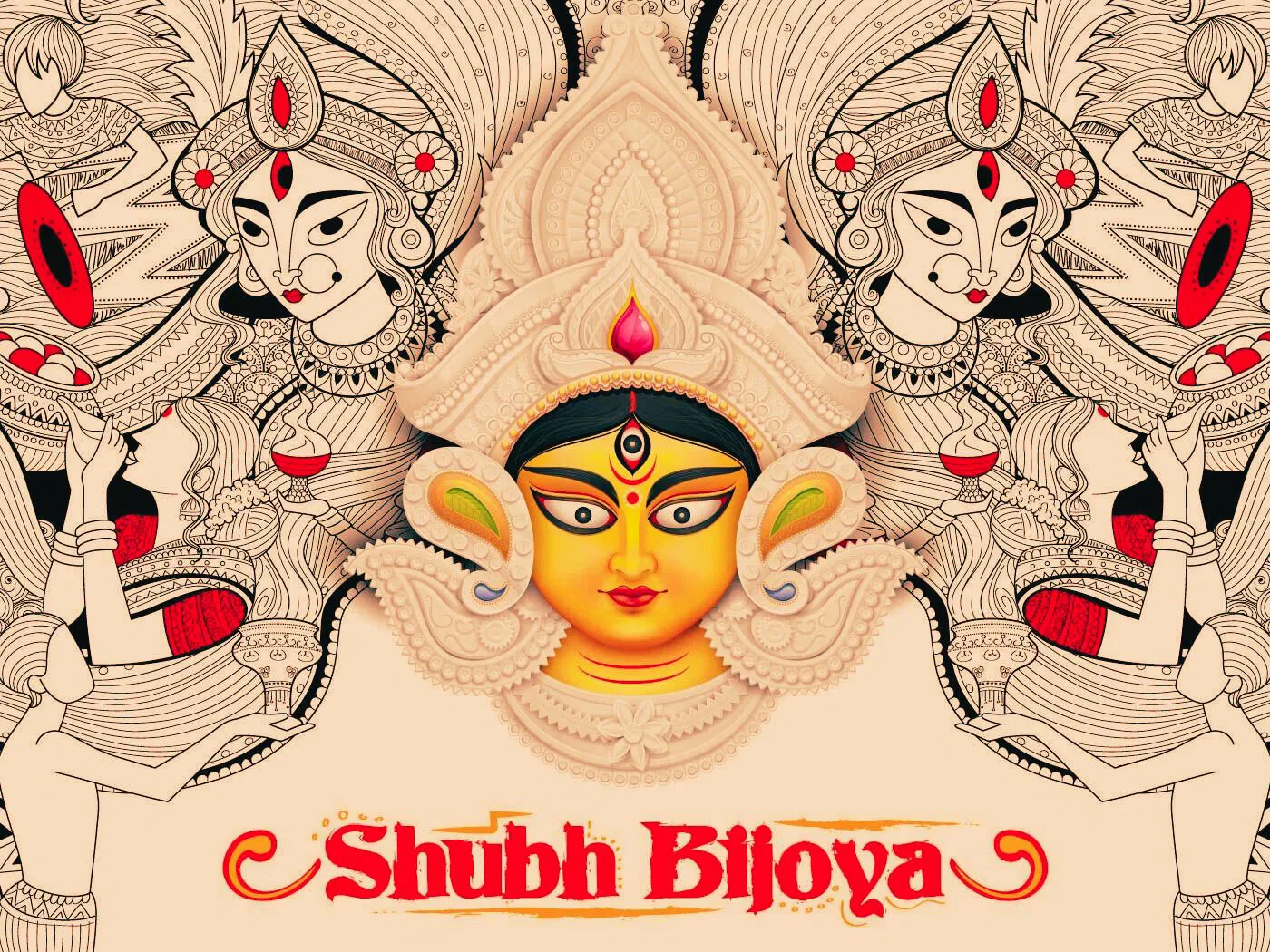
Other Celebrations
-
May 26 Tue

Vijaya Dashami - Next years
Tuesday, 20 October 2026
Saturday, 09 October 2027
Thursday, 28 September 2028
